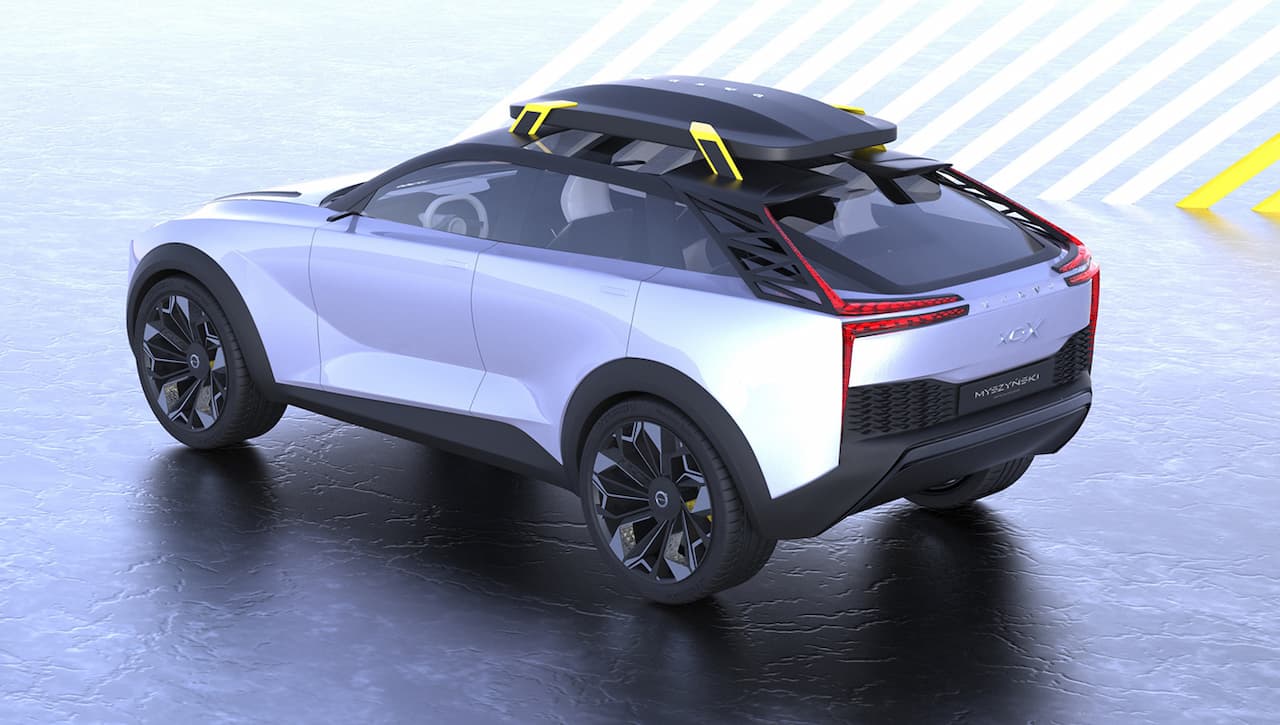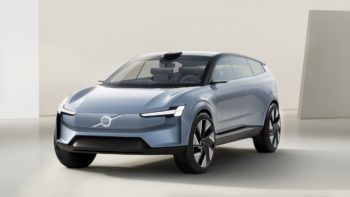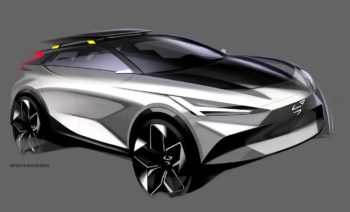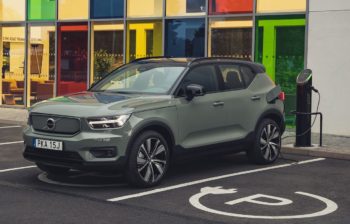Update: ‘Platform & Powertrain’ section updated.
The first round of news about a potential Volvo XC20 began back in 2017, when one Volvo executive noted the possible existence of a 20 Series if the proposal for a smaller range passes. The XC20 made headlines again in 2020, but this time it is heading towards the production line with the help of a vehicle architecture created by Geely.
With the XC90, XC60, and XC40 are the main volume models, Volvo is now looking to introduce an all-electric B-segment SUV, focusing on global markets and meeting its daunting electrification targets, one that will see it transform into a 100% EV company by 2030. The V40 Cross Country, Volvo’s most recent compact SUV (based on a Ford-developed platform), was discontinued in 2019, so the brand has experience selling a compact SUV.
Here’s what you can expect from the entry-level Volvo electric SUV:
On the name
Volvo will migrate from the traditional ‘XC’ nomenclature with future EVs. The first car, previewed by the Concept Recharge, could be called the ‘Embla’ kicking off a new branding culture. For the lack of a better term and to ensure readers find this article via search engines, we will refer to it as the Volvo XC20.
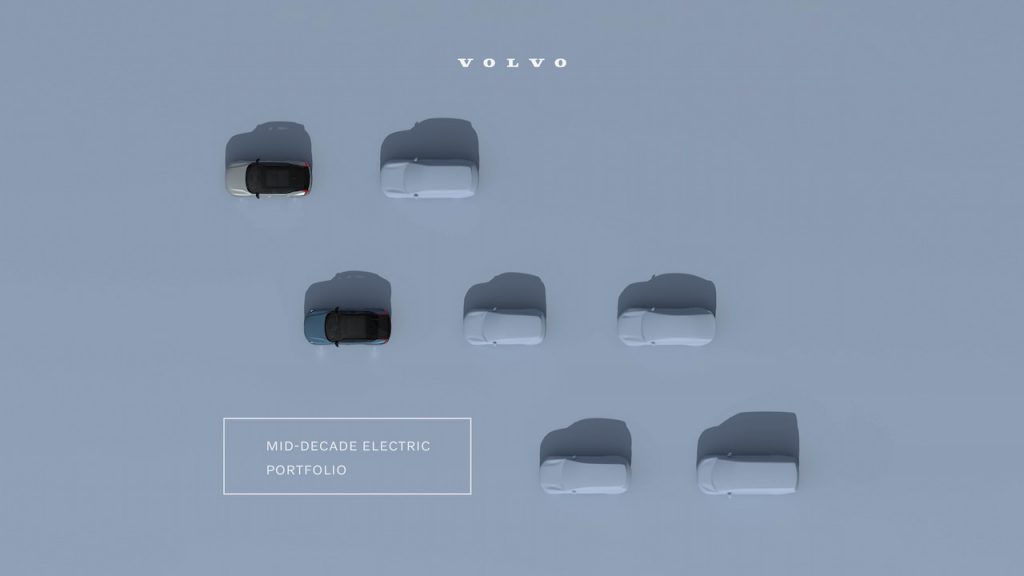
On the future EVs, Håkan Samuelsson, former CEO, Volvo Cars, mentioned at the Volvo Car Group H1 2021 results conference call on July 23, 2021, that, “We will give them a more name. And I said we will give them a name as you’re giving your born child a name. And we have a very interesting and creative discussion going on.”
Volvo may not have any legal hurdles to using the name XC20. Volvo Cars is the owner of this trademark in several regions, including the U.S., Australia, Switzerland, and the European Union for 20 years. In addition, Volvo Cars also owns the XC10 trademark.
Volvo XC20 Design
Volvo is not introducing electric vehicle designs that take after the traditional sedans, SUVs, or wagons. Samuelsson said at the company’s half-year 2021 financial results presentation that EVs need to be more aerodynamic and future Volvo EVs could surprise customers with their offbeat design. A coupe-like roofline targeting better energy efficiency due to the inherent lower air resistance would be the future design recipe at Volvo. The Volvo Recharge Concept that debuted last year was a preview of the new design approach.
Electrification will also change the shape of the cars; they need to be more aerodynamic, so maybe we will surprise people a bit there in the future. It’s not just the conventional cars as we have had so far.
Håkan Samuelsson, former President and CEO, Volvo Car Group (Volvo Car Group half-year financial results, 2021)

While previewing the C40 back in March 2021, Samuelson provided an insight into some of the details of the small SUV. He confirmed that it would have a more aerodynamic design and a high seating position for the front passengers. Compared to the current crop of SUVs from Volvo, the so-called Volvo XC20 will have a more streamlined exterior and a soft roofline.
Coming to the cabin, the Volvo XC20 Recharge is expected to make use of recycled and sustainably developed materials. Apart from a possible 12.3-inch digital instrument console, the cabin will come with an Android-based touchscreen infotainment system with all essential Google services and apps pre-installed.
Platform & powertrain
The Volvo XC20 Recharge will use Geely’s Sustainable Experience Architecture (SEA), which the Chinese parent unveiled in September 2020. It is a dedicated architecture for aluminum-intensive EVs and can support small and large vehicles, including SUVs, sedans, vans, and pickups. It has the capability for intelligent car technologies like connectivity and autonomous driving. The SEA offers Volvo an ideal cost structure, and through the platform partnership it would be able to quickly bring a competitive EV to the marketplace.
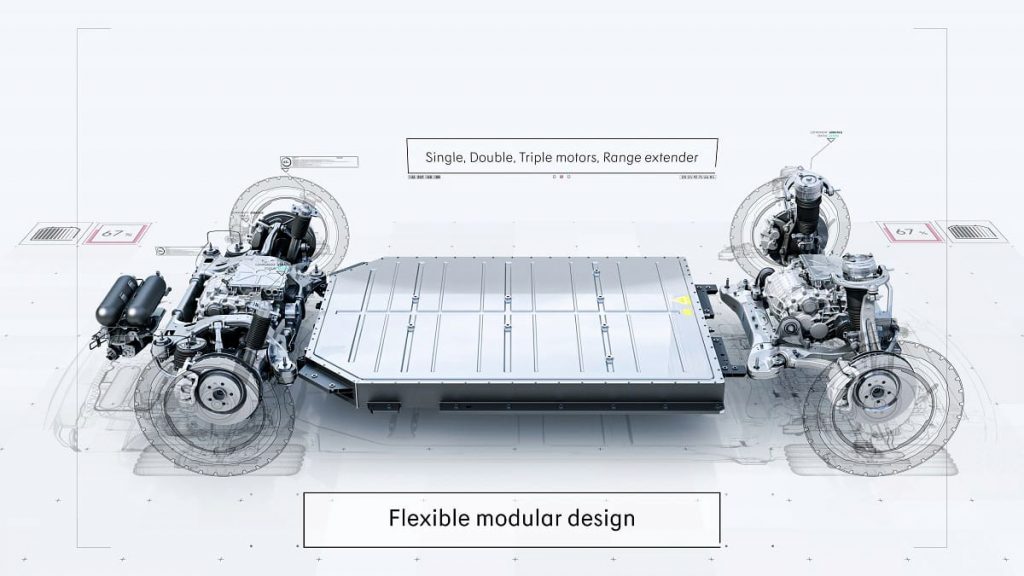
SEA is designed to use a battery with a targeted lifespan of 2 million km manufactured by Chinese maker CATL. From the Zeekr 001, we get what the SEA platform is capable of delivering. The Zeekr 001, the first model riding on this platform targeted at the mass market, boasts two motors with 400 kW and 768 Nm output, a 3.8-second 0-100 km/h acceleration time, and a 200+ km/h top speed. A 100 kWh battery pack provides a range of 712 km (442 miles). With rapid charging at 360 kW, it’s possible to achieve a 120 km (NEDC) range with just five minutes of charging. However, these specifications are the upper limits, and won’t apply to a B-segment car.
Particularly, the XC20 is expected to ride on the SEA2 Platform that is designed for B-segment (sub-compact), C-segment (compact) and D-segment (mid-size) vehicles.
According to a report from evlook.com, the baby Volvo (codename: Volvo V216) will ride on a ‘PMA-2’ platform, which could be a smaller or economy version of the PMA (another name for the SEA). The Chinese media report says that the XC20 will be an FWD model with a single motor powering its wheels. Most customers should use the car in an urban environment, so a high-performance dual-motor powertrain might not be required for the entry-level crossover.
Range
The Volvo XC20 Recharge could be conservative as it targets city car users who travel shorter distances at low average speeds. The XC20 may settle for a cost- and efficiency-focused battery pack, possibly a circa-45 kWh unit that gives a range of around 300 km or 186 miles (WLTP), with an option to upgrade. It will leave the competition with sleepless nights if Volvo can guarantee 200,000 km of degradation-free operation and a design life of 2 million km. That would sound reassuring to customers, especially those upgrading from the Hyundai Kona EV or Hyundai Ioniq electric models that made headlines for faulty batteries.
Volvo XC20 release date & production
The small electric SUV positioned below the XC40 Recharge should be revealed next year. Like the C40, it will be an online-only model – while physical test drives and inspection will be available at dealerships, orders will be made only via the internet.
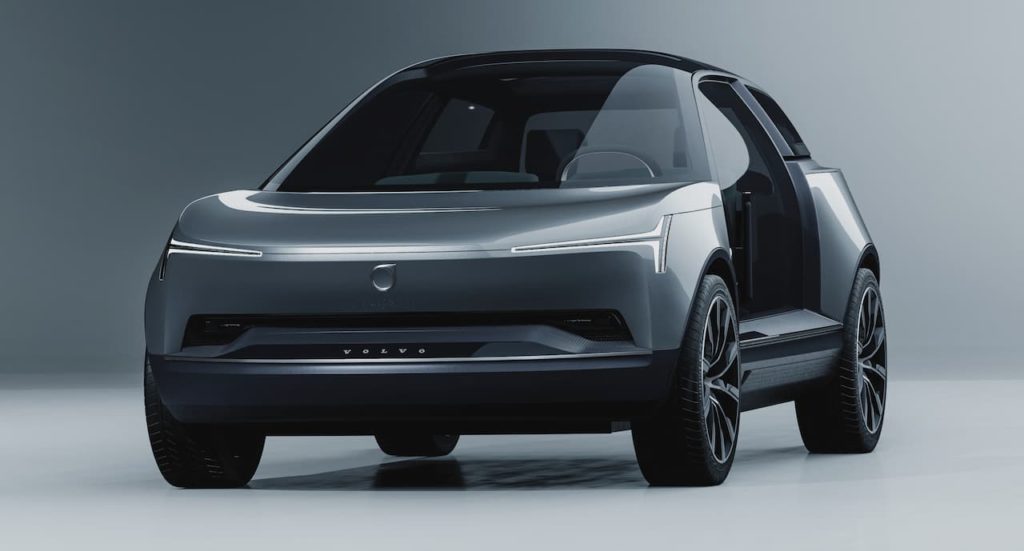
Samuelsson hinted at the 2023 launch timeline during the Volvo Car Group half-year 2021 financial results presentation. He said that the company plans to launch this model after the Volvo Recharge Concept (to debut this year), and it will most likely build the small EV in China. Tenders related to the production of the Volvo V216 are floating in the market, evlook.com had suggested last year.
Regarding timing, we’ve said the next new electric car is really the successor of our SUV flagship. That’s the first one; after that, there will be a smaller SUV, and that’s what we’re talking about here. It’s very likely it will be made in China, yes.
Håkan Samuelsson, former President and CEO, Volvo Car Group (Volvo Car Group half-year financial results, 2021)
Featured Image: Łukasz Myszyński’s Volvo XC-X concept via Behance
